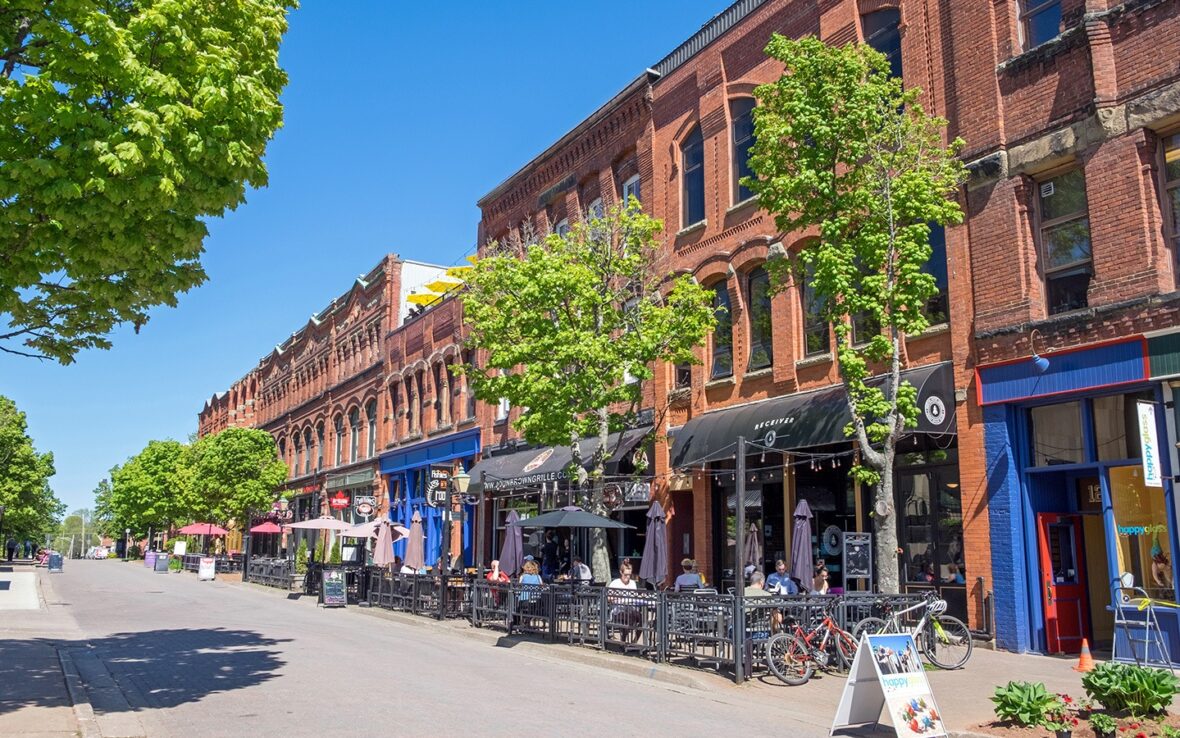Charlottetown is the capital and largest city of the Canadian province of Prince Edward Island, and the county seat of Queens County. Take a look below for 30 fun and interesting facts about Charlottetown, Prince Edward Island, Canada.
1. Named after Charlotte of Mecklenburg-Strelitz, queen consort of King George III of the United Kingdom, Charlottetown was originally an unincorporated town that incorporated as a city in 1855.
2. It was famously the site of the Charlottetown Conference in 1864, the first gathering of Canadian and Maritime statesmen to debate the proposed Maritime Union and the more persuasive British North American Union, now known as Canadian Confederation, although PEI itself would not join Confederation until 1873, six years after it was formed in 1867.
3. From this, the city adopted as its motto Cunabula Foederis—”Birthplace of Confederation”.
4. The population of Charlottetown in the 2016 census was 36,094; this forms the centre of a census agglomeration of 76,728, which is slightly less than half of the province’s population (155,241).
5. The first European settlers in the area were French; personnel from Fortress Louisbourg founded a settlement in 1720 named Port La Joye on the southwestern part of the harbour opposite the present-day city. This settlement was led by Michel Haché-Gallant, who used his sloop to ferry Acadian settlers from Louisbourg.
6. During King George’s War, the British had taken over the Island. French officer Ramezay sent 500 men to attack the British troops in the Battle at Port-la-Joye. The French were successful in killing or capturing forty British troops.
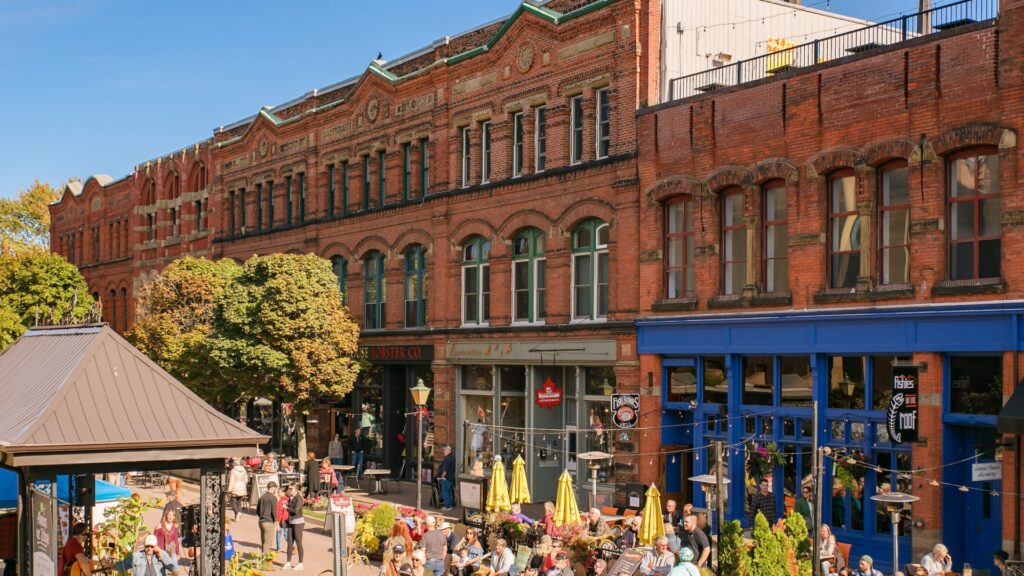
7. In August 1758, at the height of the French and Indian War, a British fleet took control of the settlement and the rest of the island, promptly deporting those French settlers that they could find in the Ile Saint-Jean Campaign (this being fully three years after the initial Acadian Expulsion in Nova Scotia). British forces built Fort Amherst near the site of the abandoned Port La Joye settlement to protect the entrance to the harbour.
8. Charlottetown was selected as the site for the county seat of Queens County in the colonial survey of 1764 by Captain Samuel Holland of the Royal Engineers. A year later, Charlottetown was made the colonial capital of St. John’s Island.
9. Further surveys conducted between 1768–1771 established the street grid and public squares which can be seen in the city’s historic district. The town was named in honour of Charlotte of Mecklenburg-Strelitz, queen consort of the United Kingdom as the wife of King George III.
10. On November 17, 1775, during the American Revolution, the colony’s new capital was ransacked by Massachusetts-based privateers in the Raid on Charlottetown (1775).
11. During the attack, the colonial seal was stolen and several prisoners, including Phillips Callbeck and Thomas Wright, were taken to Cambridge, Massachusetts and later released.
12. In 1793, land had been set aside by Governor Fanning on the western limits of the community for use by the “Administrator of Government” (the Governor), and as such it became known informally as “Fanning’s Bank” or just “Fanning Bank”. On November 29, 1798, St. John’s Island was renamed to Prince Edward Island in honour of Prince Edward, Duke of Kent and Strathearn who was the Commander-in-Chief, North America.
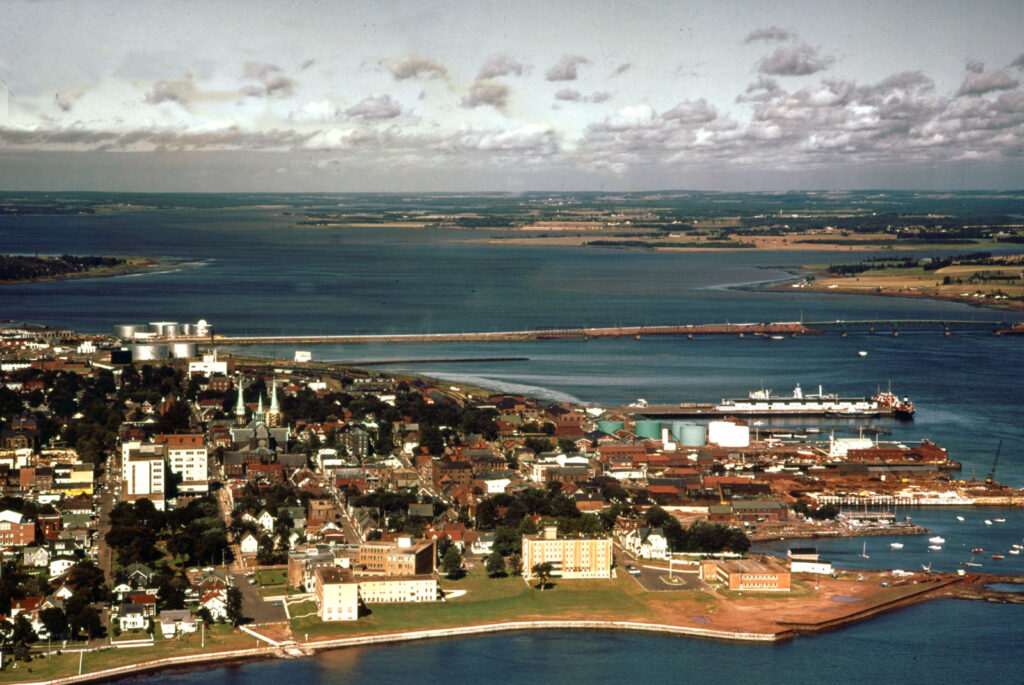
13. In 1805, the local British garrison constructed a harbour defence called “Fort Edward” to the west of the capital’s waterfront and the “Prince Edward Battery” manned this facility. In 1835, “Government House” was constructed at Fanning Bank as a residence for the colony’s Governor. Today, it serves as the official residence for the Lieutenant Governor.
14. Between 1843 and 1847, a new legislative building was constructed in the community. Named the Colonial Building originally, following Confederation with Canada it gradually became known as “Province House”. The completion of this structure with Isaac Smith as builder/architect was an important milestone in the history of the capital and it is still in use today as the provincial legislature as well as a National Historic Site, and is currently the second-oldest legislative seat in Canada.
15. On April 17, 1855, Charlottetown was incorporated as a city, holding its first council meeting on August 11 of that year. The community had 6,500 residents at the time of incorporation.
16. Between September 1–8, 1864, Charlottetown hosted what is now termed the Charlottetown Conference. Although many of the meetings and negotiations which would lead to Canadian Confederation were held in Province House, various social events spilled over into the surrounding community.
17. Prince Edward Island entered Confederation on July 1, 1873. Aside from being the seat of colonial government, the community came to be noted during the early nineteenth century for shipbuilding and its lumber industry as well as being a fishing port. The shipbuilding industry declined in the latter part of the nineteenth century.
18. On June 14, 1873 the “Government House Farm” at Fanning Bank was designated a municipal park, named Victoria Park in honour of Queen Victoria. In August 1874, the Prince Edward Island Railway opened its main line between Charlottetown and Summerside. The railway, along with the shipping industry, would continue to drive industrial development on the waterfront for several decades to come. The province’s first health care facility, the Charlottetown Hospital, was opened by the Diocese of Charlottetown in 1879, which was followed by the publicly operated Prince Edward Island Hospital in 1884.
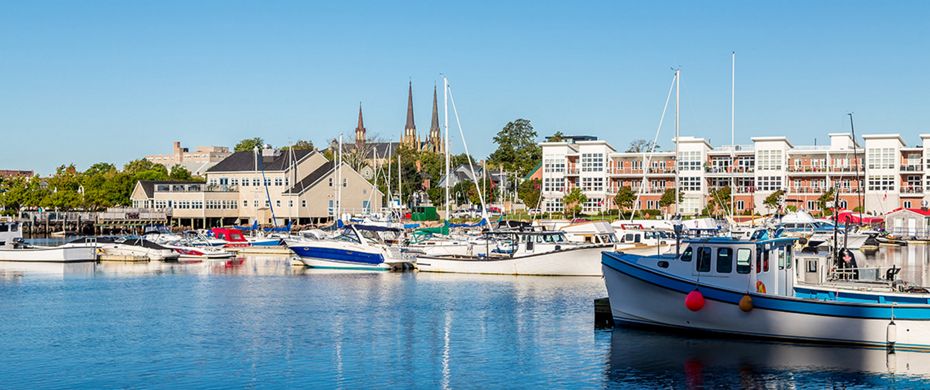
19. Religion played a central role in the development of Charlottetown’s institutions with non-denominational (i.e. Protestant) and Roman Catholic public schools (Catholic Queen Square, Notre Dame, and St Joseph’s vs. Protestant West Kent and Prince Street), hospitals (Prince Edward Island Hospital vs. Charlottetown Hospital), and post-secondary institutions (Prince of Wales College vs. St. Dunstan’s University) being instituted. St. Dunstan’s was originally developed as a seminary for training priests, and the Maritime Christian College was founded in 1960 to train preachers for the Christian churches and churches of Christ in Prince Edward Island and the Maritime Provinces.
20. The Queen Elizabeth Hospital opened in 1982. In 1983, the national headquarters of the federal Department of Veterans Affairs was moved to Charlottetown as part of a nationwide federal government decentralization programme. In 1986, UPEI expanded further with the opening of the Atlantic Veterinary College.
21. Throughout the 1970s and 1980s, there was increased commercial office and retail development. A waterfront hotel and convention centre was completed in 1982 and helped to encourage diversification and renewal in the area, leading to several residential complexes and downtown shopping facilities. The abandonment of rail service in the province by CN Rail in December 1989 led to the railway and industrial lands at the east end of the waterfront being transformed into parks and cultural attractions.
22. In the late 1990s and 2000s, the retail landscape changed with the opening of big box stores on the site of former traditional shopping centres and in new developments in the northern suburbs, particularly the neighbourhood of West Royalty, which is a key road junction.
23. On April 1, 1995, Charlottetown amalgamated with the Town of Parkdale and the incorporated communities of East Royalty, Hillsborough Park, Sherwood, West Royalty, and Winsloe. At the same time, the amalgamated Charlottetown annexed Queens Royalty. Today, the City of Charlottetown occupies parts of the Lot 33 and Lot 34 townships.
24. The central business district continues to undergo incremental expansion as government and private sector office space is constructed and new institutional space is built or retrofitted, however retail space in the CBD has suffered as a result of outlying big box retail construction in recent years.
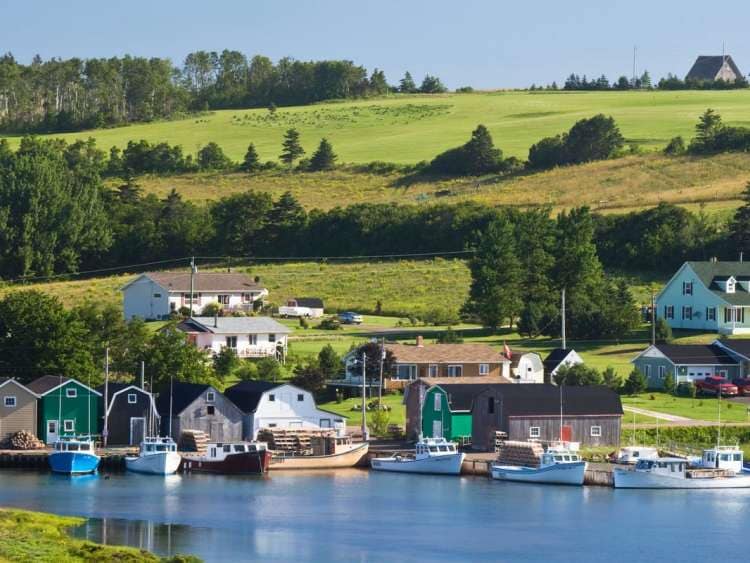
25. Charlottetown is situated on its namesake harbour, which is formed by the confluence of three rivers in the central part of the island’s south shore. The harbour opens onto the Northumberland Strait. The city is roughly V-shaped (pointed to the south) and constrained by the North (Yorke) and the Hillsborough (East) Rivers to the west and east.
26. The city’s streetscape with a centrally planned downtown core containing many Victorian-era houses and buildings is an attraction, as well as the waterfront redevelopment project in recent decades which has seen walking trails and parks developed on former industrial lands. A new cruise ship terminal was opened by the port authority in September 2007 which, proponents hope, will make the city a more attractive destination for the growing number of vessels operating in the Gulf of St. Lawrence.
27. Popular attractions within the city include the provincial legislature at Province House, which hosted the Charlottetown Conference, as well as Founders Hall, a recently redeveloped railway maintenance building which now houses an interactive trip through history tracing the development of Canada as a nation.
28. The Confederation Centre of the Arts provides live theatre, including the Charlottetown Festival during the summer months, as well as the Confederation Centre Art Gallery. The Charlottetown Festival itself is headlined by Canada’s most popular and longest-running musical, Anne of Green Gables – The Musical, which is an adaptation of Island author Lucy Maud Montgomery’s novel. Several other small theaters and galleries can be found immediately surrounding the Confederation centre including the Mac (MacKenzie theatre), the Arts Guild, and Pilar Shepard gallery.
29. There are 11 National Historic Sites of Canada located in Charlottetown, including Province House and the Confederation Centre of the Arts.
30. Charlottetown has numerous parks and playing fields for soccer, baseball, softball, football, rugby, and field hockey. Cricket also has been gaining popularity after building a ground and a cricket pitch at Tea hill park in Stratford.

